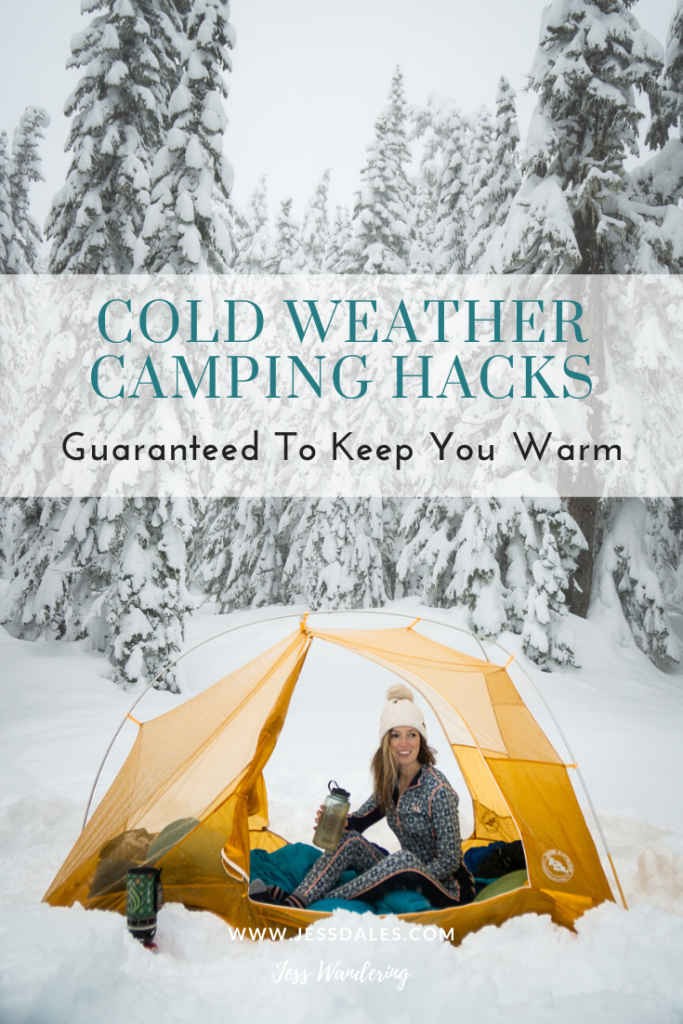
Cold Weather Camping Doesn’t Have to Be Torture
These are my top cold weather camping tips for staying warm — because there are a lot of reasons to love cold weather camping!
You get to experience the same popular places that people flock to during the summer without the crowds. Places that have become familiar become unfamiliar.
There’s the quiet newness that snow brings to everything it touches. Like a clean slate. And well, it’s just plain beautiful.
But there’s one major reason not to love it – IT’S COLD. And no matter how stunning your environment might be, there’s nothing that can put a damper on your experience like a long night spent shivering in your tent. Luckily, that doesn’t have to be you!
Here are my top cold-weather camping tips to keep you warm when camping in the winter.
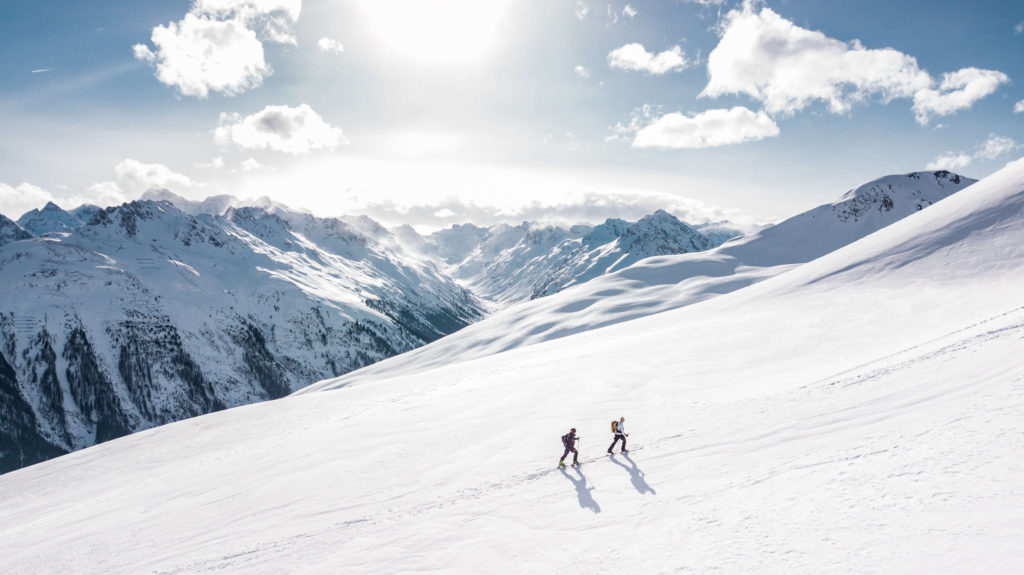
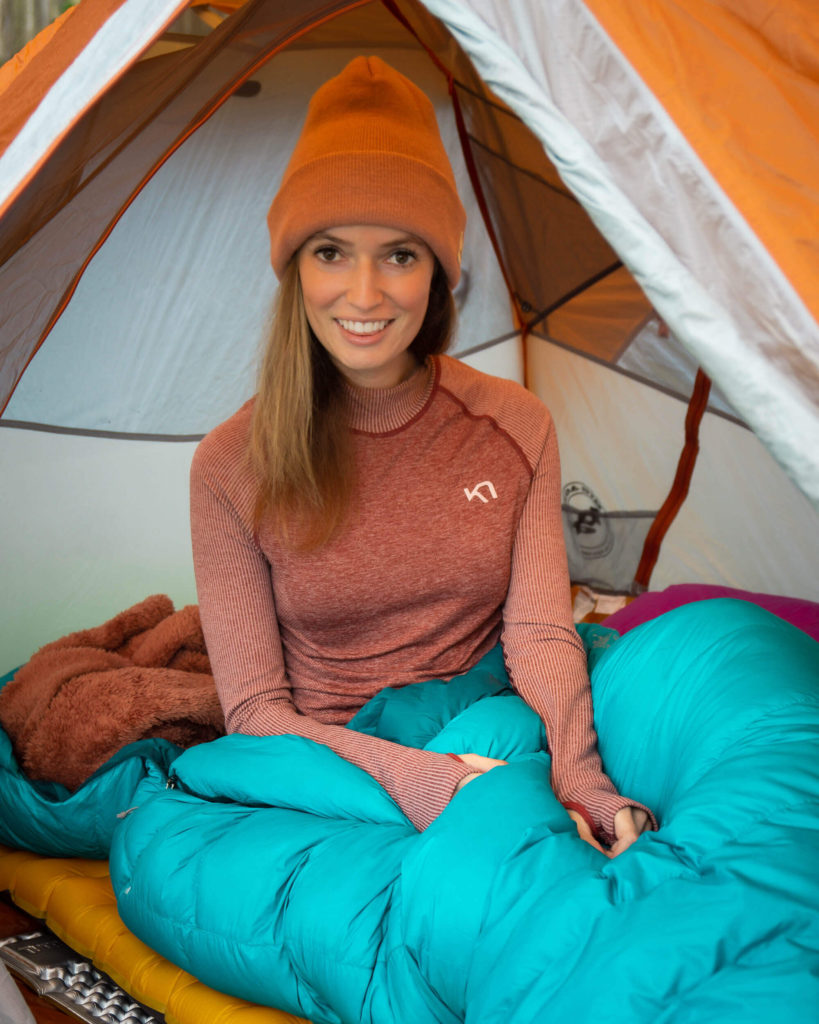
Cold Weather Camping Tips That Will Keep You Warm At Night
I run exceptionally cold in general, but especially when I sleep. Growing up, I associated camping with cold sleepless nights. And winter camping? The idea was laughable.
Eventually, my interest in photography overpowered my desire to stay warm, and I found myself more and more willing to suffer through some long, bitter-cold Pacific Northwest nights – as long as it meant waking up in the mountains.
But there was no getting around the fact that it was pretty miserable. So I started researching cold weather gear, tricks, and winter camping tips for staying warm during cold weather camping.
Not every suggestion I came across worked for me. And the old adage that “there’s no such thing as bad weather – only bad gear,” was only partially true. Nonetheless, through trial and error, I did manage to find some awesome cold weather camping hacks that have changed the game for me.
Turns out that winter camping and comfort don’t have to be mutually exclusive! Which is fantastic news, because I certainly don’t want to be trapped inside for half of every year. Do you?
1. Pick The Right Winter Tent For Your Conditions

If you’re in the market for the best cold weather camping tent, you will notice that there are 3-season and 4-season winter tents out there – with 3-seasons being by far the most popular. Now, I actually find this nomenclature pretty confusing.
In reality, 3-season tents are built to withstand the typical conditions associated with backcountry camping: some cold weather, strong winds, rain, and maybe light snow. They are designed to be lightweight and packable.
4-season tents, on the other hand, are designed to protect you from extreme weather events generally found only during the winter. They have ridged exoskeletons, and thicker walls to provide shelter from violent winds and heavy snow loads. Seems more like a 1-season tent to me. . . but what do I know?
Okay, so here’s the thing, I don’t own a 4-season tent. They tend to be more expensive and heavy, and I try to avoid camping in the type of conditions that they are designed to protect me from – even during the winter.
Instead, I have used several 3-season tents during the winter and been perfectly comfortable. On a few occasions over the last decade, when I’ve decided that a 4-season tent might be the prudent choice, I’ve simply rented one.
That being said, if you are planning on getting into mountaineering, or doing a lot of camping during the winter, then a 4-season tent is well worth the investment. After all, alpine weather is notoriously unpredictable, and even if you think that you’ve identified the perfect weather window, you’re not going to be happy in a 3-season tent if a severe weather event hits.
Plus, even mild winter conditions will eventually take a toll on any tent. That’s okay if you’re only sleeping out under the stars every once in a while.
But if you fall in love with winter camping, you’ll ultimately save yourself a lot of money by investing in a 4-season winter camping tent like the Mountain Hardwear Trango 2, or REI Arete ASL 2, that are built to withstand abuse night after night after night.
2. Location Location Location
Where you pitch your tent, can be just as important as the type of tent you use.
Sometimes, the options are slim pickings. But whenever possible, my simple cold weather camping tip is to try and choose a campsite that offers shelter from the weather.
Camping under the protection of trees, or on the leeward side of a ridge, can provide a surprising amount of protection from the elements, and significantly reduce your exposure to wind, rain, and cold.
3. The Ground Is Your Enemy
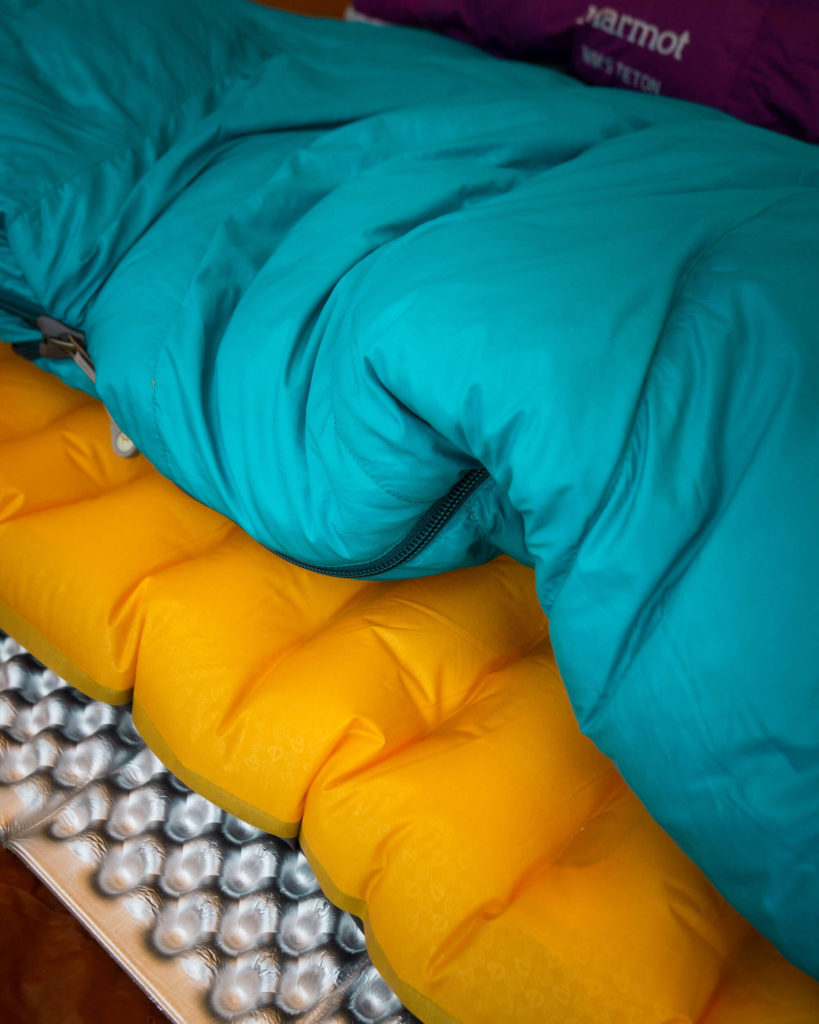
This is one of the most important tips for camping in cold weather.
Conduction is the transfer of heat from physical contact, and it’s the reason that we lose heat when we sleep on the cold ground. The obvious solution is to insulate the space between you and the ground – and if you’re sleeping on snow or frozen ground, that’s going to take more than just a really warm sleeping bag.
Because I sleep cold, my year-round, go-to sleeping pad is already insulated. An R-3.5 rating is sure to help you retain your body heat. But for winter conditions, that’s still not enough. To get further from the ground and reduce conduction, add a closed-cell foam pad (or CCF), to your winter camping gear. You’ll barely notice the extra weight, but you will notice the added warmth! CCF Sleeping pads can also make for a nice seat if you’re hanging out on the snow for the day, and you don’t want to be cooped up in your tent the entire time if you’re camping in winter.
4. They Make A Sleeping Bag For That
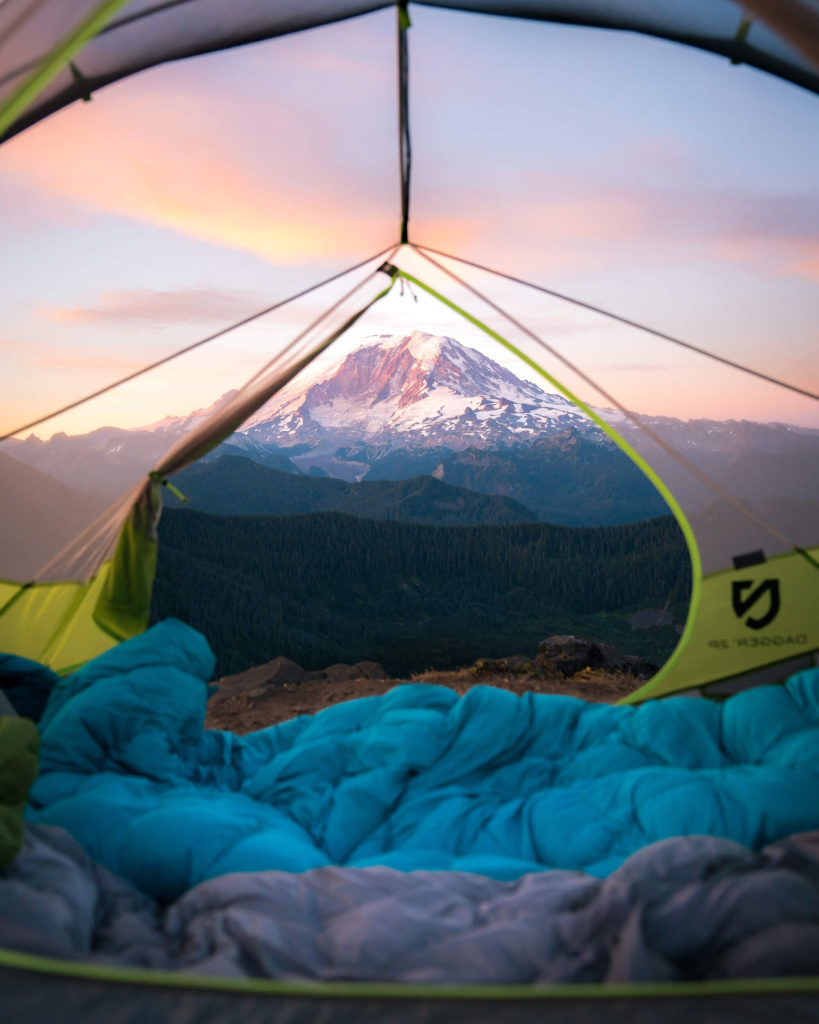
When cold conditions prevail, the right winter camping sleeping bag is arguably the most essential factor for a good night’s sleep. Nearly all major sleeping bag manufacturers have adopted European (EN) testing standards in recent years. These ratings serve as a reasonably accurate guide to what temperature range a sleeping bag is best suited to.
When looking at temperature ratings, there are two main numbers you’ll want to pay attention to — “the EN comfort rating and the EN lower limit rating. The bag’s comfort rating indicates the lowest temperature in which the average woman will sleep comfortably in that bag. The lower limit rating indicates the lowest temperature in which the average man will sleep comfortably in that bag.” (Backcountry.com).
If your camping adventure involves snow, ice, or you just happen to know you run really cold, you are most likely going to want to select a sleeping bag in the -25° F to +5° F range. Like a 3-season tent, this temperature range offers the most versatility and will keep you warm in all but the coldest conditions.
They will typically feature down insulation, a high fill value, and draft eliminating features like zipper baffles and collars. You can also find bags with < zero degress C ratings, but those are only necessary for the gnarliest of winter conditions.
I personally own the Feathered Friends Egret UL 20 and Western Mountaineering UltraLite. Although the UltraLite is technically rated for 20°, it feels warmer than the Xenon. Western Mountaineering is a little more expensive, but they make some of the highest quality, lightest, and warmest winter sleeping bags out there.
You can also add a sleeping bag liner to any sleeping bag to increase its warmth rating by at least 10°. This is an easy winter camping tip if you already own a sleeping bag (like me), but you want it to be a little bit warmer! Plus, the liners can be used as a stand-alone bag in hot weather.
In the end, like all gear, experience is the best litmus test. But, when choosing a sleeping bag based on temperature ratings, I’d say it’s best to err on the side of caution, especially if you’re a cold sleeper. Remember, it’s a lot easier to unzip your sleeping bag to cool down than it is to increase the warmth by adding extra clothing or extra layers.
5. Bring A Dedicated Set Of Sleeping Clothes For Winter Camping
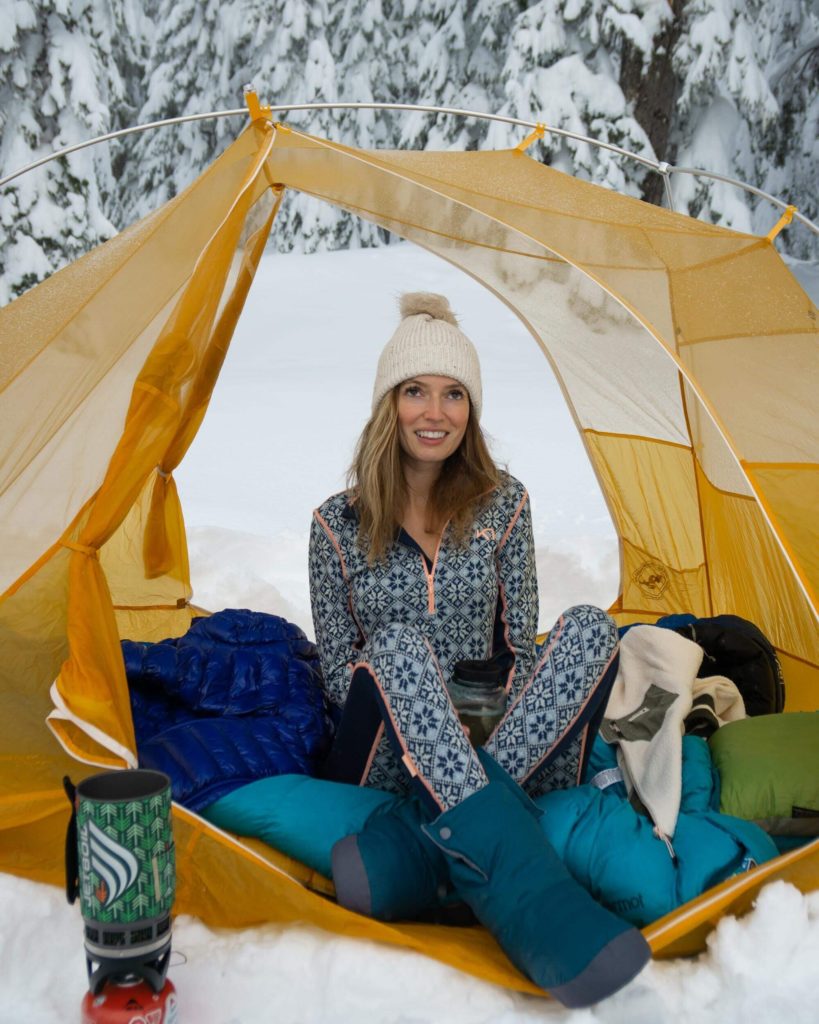
Regardless of the season, suitable cold weather clothing and layering are key to regulating your temperature in the outdoors. At a minimum, it’s essential to always carry these three layers of clothing with you in your winter camping gear: a base layer (made from moisture-wicking synthetic materials or merino wool), an insulated middle layer (generally down jackets or fleece), and a waterproof layer. But when warmth is your objective, the bare minimum may not be enough.
Whether it’s from rain, snow, or sweat, chances are when you arrive at camp, your clothes won’t be as dry as when you started. And nothing can steal your heat as quickly as wet clothing. One of the best ways to combat this issue is packing a dedicated sleeping outfit – one of my top tips for cold weather camping.
This includes a breathable base layer, warm socks, and a beanie that is comfortable enough to sleep in (I like to bring one with a fold-over brim so that I can pull it down over my eyes to block out any ambient light).
Pro winter camping tip: Keep these clothes stuffed inside your sleeping bag so that you always have a warm/dry set of clothing waiting for you at the end of your day.
6. Happiness Is. . . Warm Feet
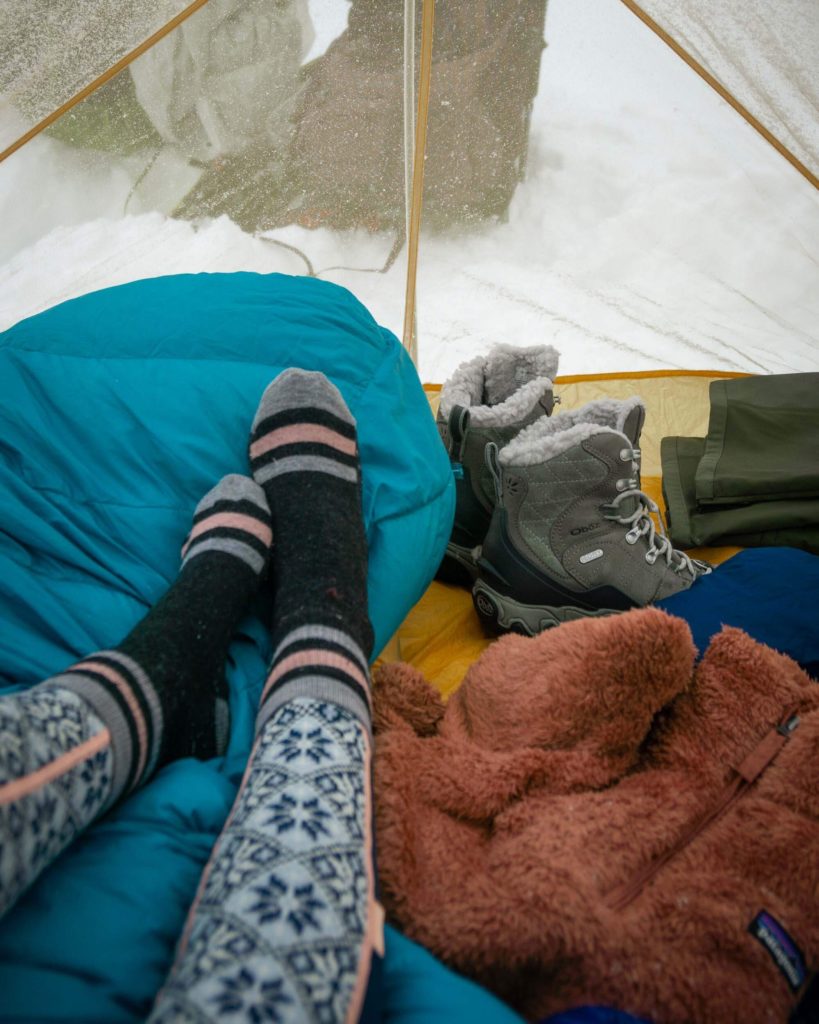
When it comes to keeping you warm, your body prioritizes your core. As a result, our hands and feet tend to be the first parts of our body to get neglected when temperatures drop. If you can manage to keep your hands and feet warm, you’ll conserve energy, sleep better, and have a much more enjoyable experience outside.
First things first, get yourself a good pair of winter hiking boots. Keeping your feet warm and happy on the hike/snowshoe to your winter camp is half the battle. If your feet are already miserable by the time you’ve set up camp, you’ll have to expend a lot more time and energy trying to warm them up. Once camp is set up, slip on your “tent socks,” a pair of down booties, and bask in the comforts of your tent.
Second, invest in a synthetic blend or high-quality wool sock for moisture reduction and odor management. You’ll also want a pair of gloves. . . and maybe a pair of mittens too. I personally like to bring a pair of lightweight gloves that I can wear to protect my hands while I set up camp.
I also carry a heavier waterproof pair of mittens that I can slide my gloved hands into when it gets frigid. Add a hand warmer like HotHands, and you should be able to feel your fingers again in no time! Plus, those toasty mittens are the perfect place to store your electronics while you’re sleeping so that the cold doesn’t sap the batteries.
Lastly, few things suck more than shoving already cold feet into frozen boots in the morning. You can avoid this terrible fate by keeping your hiking boots inside the tent with you at night.
7. Skip The Jumping Jacks & Play The Naked Game
No, it’s not THAT “Naked Game”. . . although I’m sure that would keep you pretty warm as well.
I prefer the Naked Game over the “Do Some Jumping Jacks Before Bed,” suggestion that you often hear. Because let’s be honest, you don’t want to do jumping jacks in the snow. But more importantly, you want to avoid doing anything that’s going to make you break a sweat. Sweat, as we all know, is the enemy of warmth.
So, let’s play the naked game instead! Here’s how it works. Put on the clothes that you plan on wearing to bed, climb into your sleeping bag, get way down in there, zip it up, and then get naked! Roll around, stretch it out, and then put your sleeping clothes back on.
Now, if you’ve ever tried getting dressed in your sleeping bag before, then you know that this simple activity actually requires quite a bit of energy. Taking off your clothes and then putting them back on will warm you right up. Plus, all that warm energy stays in your sleeping bag – right where you want it. Genius!
8. Make A Hot Water Bottle Your Little Spoon

I am not exaggerating when I say that my life has not been the same since I came across this extra warmth hack for winter camping years ago. Or at least that part of my life spent in tents! If you put a Nalgene bottle filled with hot water in your sleeping bag at night, it will radiate heat like a sauna stone. Snuggle the bottle up against your core, your inner thigh (near your femoral artery), or your neck (near your jugular), and enjoy.
Nalgene’s are BPA-free, but if you’re still not so sure about the whole plastic thing, this trick will work just as well with a non-insulated stainless-steel water bottle. Just make sure the container is 100% stainless steel.
Whether you go with Nalgene bottles or stainless-steel, remember that boiling water tends to be really hot! Don’t get burned – slip the bottle into an extra sock, shirt, Buff, etc., before placing it up against your skin.
9. The Princess & The Pee
Ideally, you won’t have to get up to pee once you’ve settled into your bag for the night. But if nature calls, don’t procrastinate. Just go already! That nagging sensation isn’t going to go away, and fatigue will only make you feel colder.
Worried about going out into the cold? Then don’t. Use a designated pee bottle to urinate into at night. I’d suggest something flexible, with a wide lid like the Hydrapak Stash Collapsible Water Bottle. Ladies, you may want to try it out at home before you kneel down in your sleeping bag and let it flow.
I know a lot of women who swear by their pee bottle and attribute many a good night’s sleep to it. Unfortunately, I personally suffer a pretty severe case of stage fright, so I haven’t had much luck. But if you can avoid getting out of the tent, more power to you!
10. Say “No” To That Bedtime Hot CoCo

One of the most common suggestions I see for staying warm while camping is to have a cup of hot chocolate before bed. Now, I know this isn’t going to win me any popularity points, but I’m going to suggest you resist that particular temptation!
I get it, it’s cold outside, you’re snuggled up in your sleeping bag, and nothing sounds better than a nice warm cup of cocoa to send you off into dreamland. And while I’m sure it will offer some momentary comfort—trust me, I’ve been there—that comfort will be short-lived.
Yes, it’s important to stay hydrated, but I’m going to suggest that any fluid within an hour or so of bedtime is a mistake. The last thing you want to do while camping is increase your odds of needing the above hack. And a cup of hot chocolate right before bed is not going to help. Let’s not forget that chocolate has caffeine in it (albeit not a ton), and caffeine is a diuretic.
Plus, chocolate has other stimulants, including theobromine, the compound that can kill your dog if they get their paws on it. Theobromine might contribute to sleeplessness as well. For that reason, The National Sleep Foundation recommends avoiding chocolate as well as coffee, tea, and soft drinks before bedtime.
If you’re like me, and it’s more about the comfort of holding a hot beverage than actually drinking it, try out the hot water bottle trick above!
11. Don’t Get Intoxicated
As long as I’m being a party pooper, I might as well talk about drinking. Yes, alcohol can make you feel all warm and fuzzy inside. But in reality, it’s doing the exact opposite! Large amounts of alcohol actually lower your body temperature and increase the risk of hypothermia.
On top of that, it’s just dangerous. I know that there’s a long tradition of enjoying a beer at the summit, passing a flask around the campfire, or spiking that above mentioned hot chocolate. But getting drunk impairs your critical thinking skills, and no one wants to be the guy who thought the snow seemed like a softer place to pass out than his sleeping mat.
12. More Calories Please
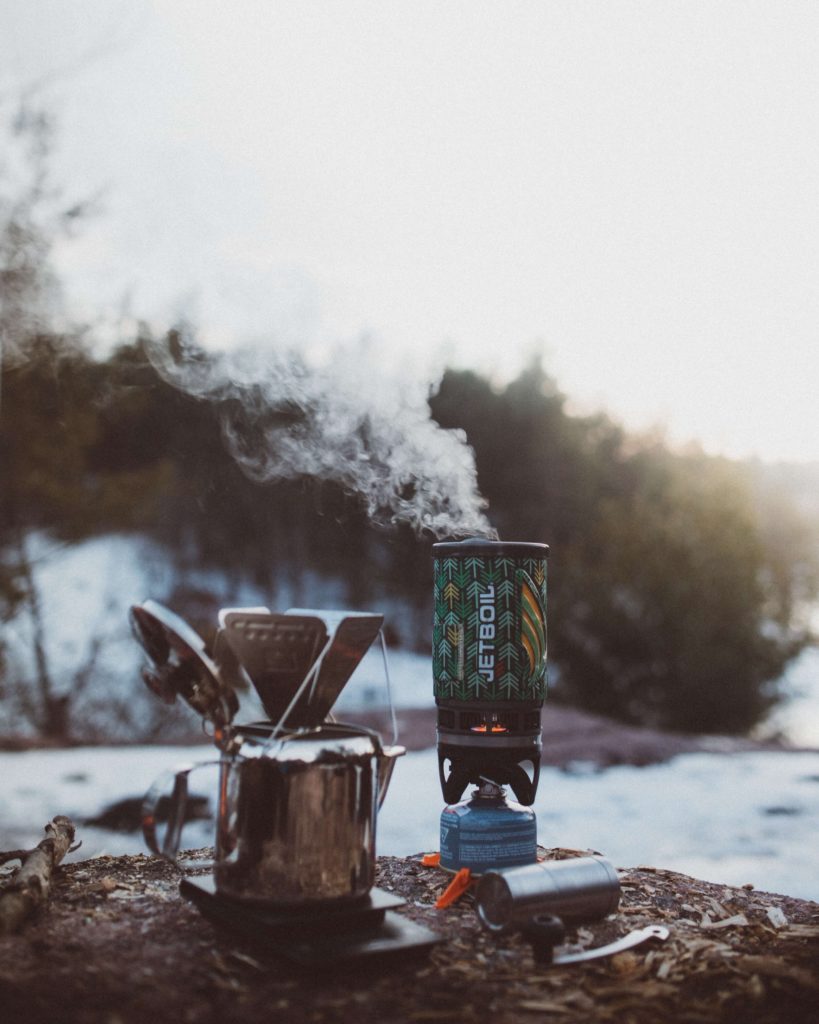
When the temperature outside drops, your metabolism kicks into overdrive to produce the energy required to keep you warm and alive. Because your metabolism processes fat more slowly than carbs, it’s a good idea to pack lots of fatty foods on your cold weather camping trips. Cheese, peanut butter, protein bars, and nuts are all good options.
And hey, if you wake up in the middle of the night cold, don’t be afraid to have a little snack. It might just be the energy boost your body is looking for.
13. Think Like A Pack Rat
You can help insulate your tent by reducing ambient space. Not only will storing your gear inside the tent help keep you warmer, but it will also keep your belongings safe from the elements.
This strategy can also be applied to your sleeping bag during winter camping trips too. The more space you have in your sleeping bag, the less effective the bag at trapping your body heat. Hence the idea behind mummy bags – turns out they weren’t invented just to torture you!
You can reduce the ambient space in your sleeping bag by stuffing your clothes for the next day in there with you. This has the added benefit of keeping your clothes nice and toasty for the morning.
14. Don’t Burrow Deep Into Your Bag
When it’s freezing outside, it can be tempting to burrow down into your sleeping bag to escape the elements. Unfortunately, this can actually make you colder, by trapping moisture from your breath inside the bag.
This is particularly true if you have a down sleeping bag. A wet bag significantly loses its insulation, which is sure to put a significant damper on your ZZZZs. So instead of hiding inside your bag, wear a beanie and cinch down the hood of your sleeping bag. That should help keep your head warm without compromising the integrity of your sleeping bag.
Those are my cold weather camping tips and tricks for staying warm while winter camping! Of course, I use most of these hacks year round because I don’t care what season it is – I get cold. Let me know if you have any other successful winter camping tricks for fighting off the cold when the cold temperatures drop outside. I’m always looking for new suggestions for my next winter trips!
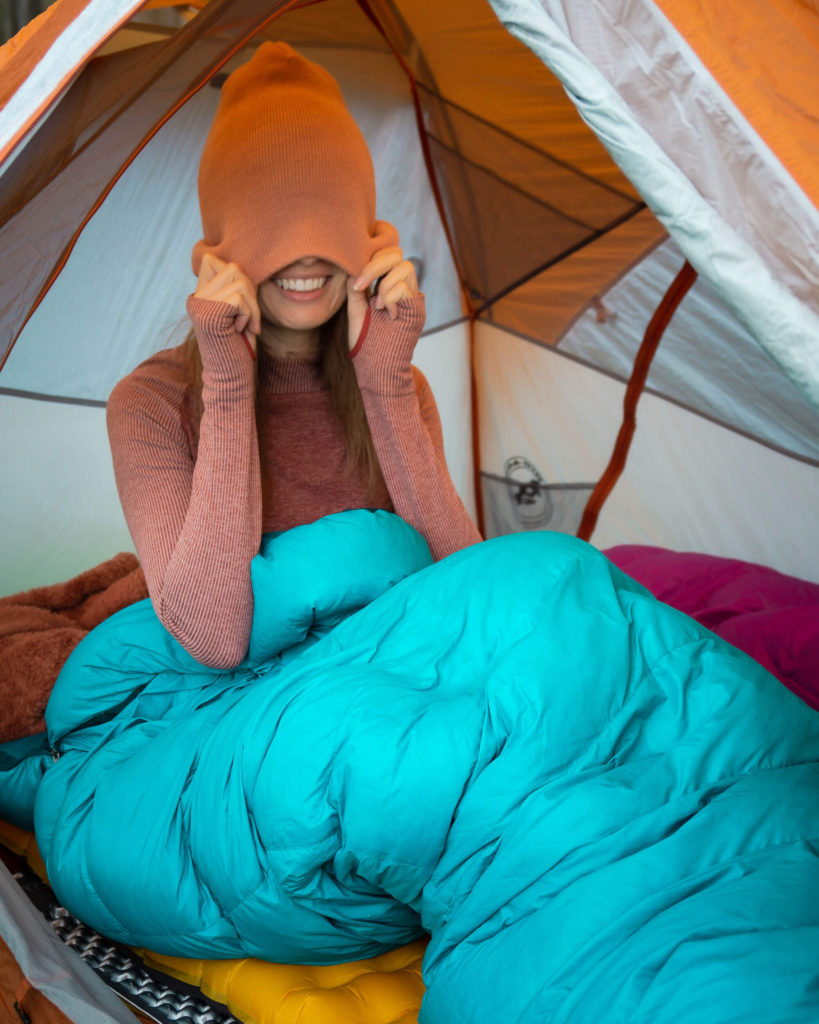
Cold Weather Hiking, Camping, & Adventure Essentials
Cold weather changes everything on a camping trip, especially your gear. The right layers and equipment can be the difference between a cozy night under the stars and a long, shivery reminder that winter does not mess around. These are the pieces I trust when the temperatures drop, the wind picks up, and staying warm becomes just as important as the adventure itself.
Clothing
BASE LAYER TOP: Smartwool Classic Thermal Merino Crew Base Layer Top
BASE LAYER BOTTOM: Smartwool Classic Thermal Merino Base Layer Bottoms
Kari Traa makes winter layers way more fun, thanks to bright patterns and playful designs that somehow still perform really well on the trail.
SHELL JACKETS:
Arc’teryx Beta AR – The shell I trust when the weather turns really bad. It handles wind, rain, and snow without feeling too bulky.
Rab Kinetic Alpine 2.0 – My favorite soft shell. It’s honestly kind of magic. It’s the only shell I’ve ever had that is weather proof but somehow still lightweight and incredibly comfortable. The fabric is literally soft, not stiff or crinkly like most shells I’ve used.
HIKING PANTS
The Arc’teryx Gamma is great for winter hiking because its softshell fabric blocks wind, sheds light snow, and moves easily while still keeping you warm.
The Fjällräven Keb Curved Pants shine in winter thanks to their durable, weather resistant G-1000 panels and a fit that stays comfortable even on long, cold climbs.
The REI Trailmade Pants are a great winter option if you want something you can wear year round, with enough room to comfortably layer warm base layers underneath when the temperatures drop.
FLEECE LINED LEGGINGS: A great base layer option when you want warmth without bulk. My two favorite fleece lined pants are from these from The North Face and Lululemon. Also, as I try and invest more in natural fabrics the Stella Marino Wool Leggings by WoolX have become my new favorite heavy leggings for layering or on their own.
INSULATED JACKET (DOWN): The Patagonia Fitz Roy Down Jacket is a cold-weather essential I bring on alpine or winter trips when serious warmth is non-negotiable. It’s stuffed with premium 800-fill down, so it’s incredibly warm for its weight. I’d recommend sizing down.
When I’m really trying to go lighter without sacrificing warmth it’s hard to beat Rab’s Mythic G Down Jacket. Best to pick this one up on sale if you can!
DOWN PANTS: Mountain Hardware Ghost Whisperer Down Pants. Definitely more of a luxury than an essential. But they’re just so cozy! As someone that runs very cold, these make all the difference for me on chilly camp nights.
BIB PANTS: The North Face Freedom Bib
Footwear
WINTER HIKING BOOTS:
KEEN Revel IV Mid Polar Boots (Mens) – My go to winter boot because it stays warm, grips well on icy trails, and feels comfortable right out of the box.
The Oboz Bridger – Another classic favorite I’ve used for years, sturdy enough for snowy miles but still comfortable for everyday winter wandering.
Arctic 600 Side-Zip Boot – Perfect for cold weather days when I want something warm, reliable, and still cute!
DOWN BOOTIES: The North Face ThermoBall Traction Booties
SOCKS: Darn Tough and Smartwool are my two favorite brands of hiking socks.
Hiking & Camping Gear
THREE SEASON TENT: The Big Agnes Copper Spur UL2. Despite its light weight, it’s held up to years of wind, rain, and rough campsites, making it my overall top tent pick.
FOUR SEASON TENT: The REI Arete ASL 2 is a solid all season tent that strikes a nice balance between durability and livability. It’s also one of the most budget friendly all season tents out there.
SLEEPING BAG: The Feathered Friends Egret UL 20 has been my go-to sleeping bag for the last two seasons because it’s lightweight, insanely warm for its weight, and compresses small enough to save space in my pack. Plus, I love that Feathered Friends is a local Seattle company internationally respected for its down gear.
If you’re looking for an even warmer option, The Mountain Hardwear Phantom 0F Down sleeping bag is a very popular and highly regarded option.
SLEEPING BAG LINER: the Sea to Summit Reactor Thermolite Fleece Sleeping Bag Liner is a great way to add warmth to your existing sleeping bag.
SLEEPING PAD: Tensor All-Season Ultralight Insulated Sleeping Pad
CLOSED-CELL FOAM PAD: Use the Therm-A-Rest Z Lite Sol Sleeping Pad for an added layer of warmth and insulation with your inflatable sleeping pad.
STOVE: Flash 1.0 L Fast Boil System
SEAT PAD: Therm-a-Rest Z Seat Pad provides a nice layer of insulation from the cold ground when you’re sitting around camp.
HEADLAMP: Nitecore NU25 400 Lumen Rechargeable Headlamp. Remember it gets dark much earlier in the winter!
NALGENE: A Nalgene filled with hot water is one of my favorite cold weather camping tricks because it doubles as a mini heater you can tuck into your sleeping bag to stay warm all night. Make sure not to get the Ultralite Nalgene for this. . . the plastic will warp!
MICRO-SPIKES: The Kahtoola MICROspikes Traction System his quite literally saved my butt on so many icy hikes and walks. One of the single most useful pieces of gear I own for when temperaters drop below freezing.
HAND WARMERS: You can get disposable ones, or invest in reusable hand warmers. Either way they will not only keep your hands toasty (and functional), but they’re also great for keeping batteries and electronics charged when temperatures drop.
Camera
SONY RX100 VII – The Sony RX100 VII is my favorite compact camera for backpacking because it’s small enough to slip in a pocket but still delivers professional-quality photos. The 24–200mm zoom range makes it incredibly versatile, and it’s the perfect option when I don’t want to carry one of my heavier cameras but still care about image quality.
| Just a quick heads up. Some of the links in this post are affiliate links, which means I might earn a tiny commission if you decide to make a purchase. It does not cost you anything, but it’s one of the simplest and most supportive ways to help me keep creating these guides. I’m not paid to recommend anything, and every opinion here comes from real experience with gear I actually use and love. If you’re planning on picking something up, using my link truly makes a difference and I appreciate it more than you know. |
YOU MIGHT ALSO ENJOY THESE POSTS!
Hiking & Backpacking Gear Guide
How To Backcountry Camp In Yosemite National Park
Know someone that’s always cold?
Share this with them and pin it for later!
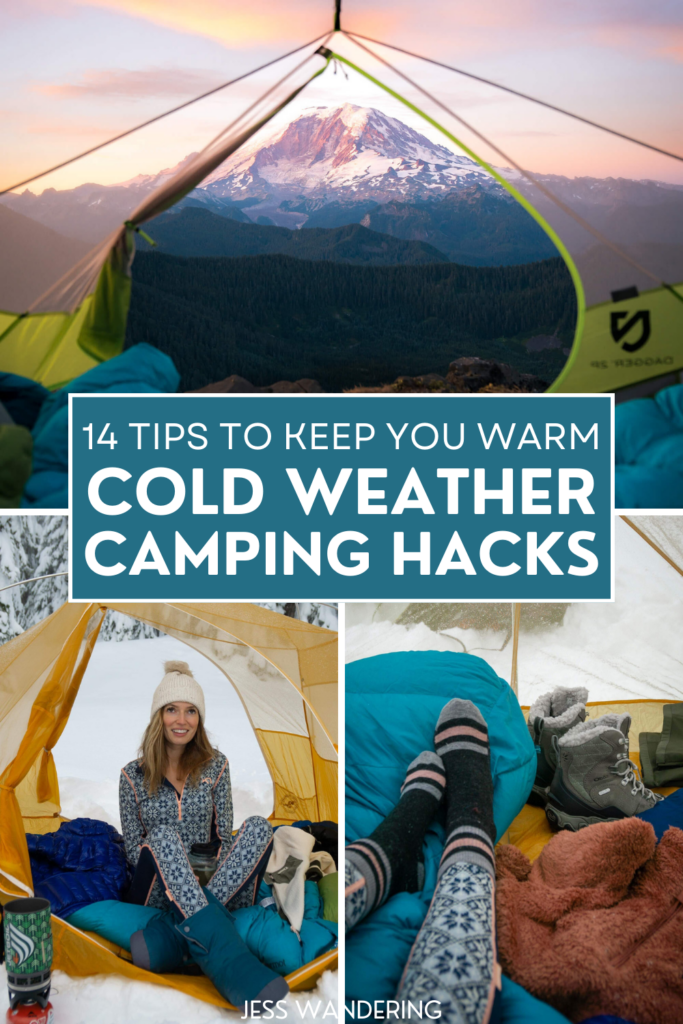
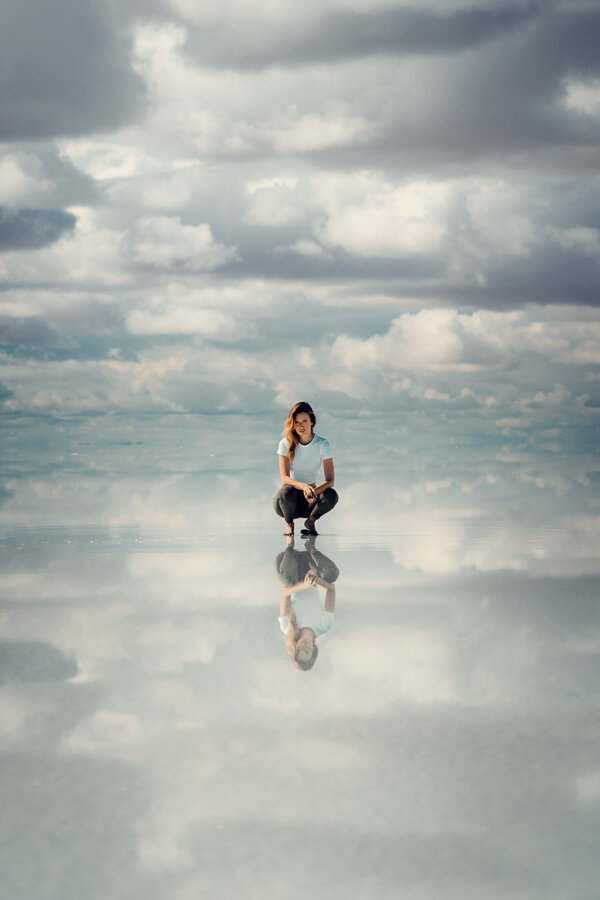
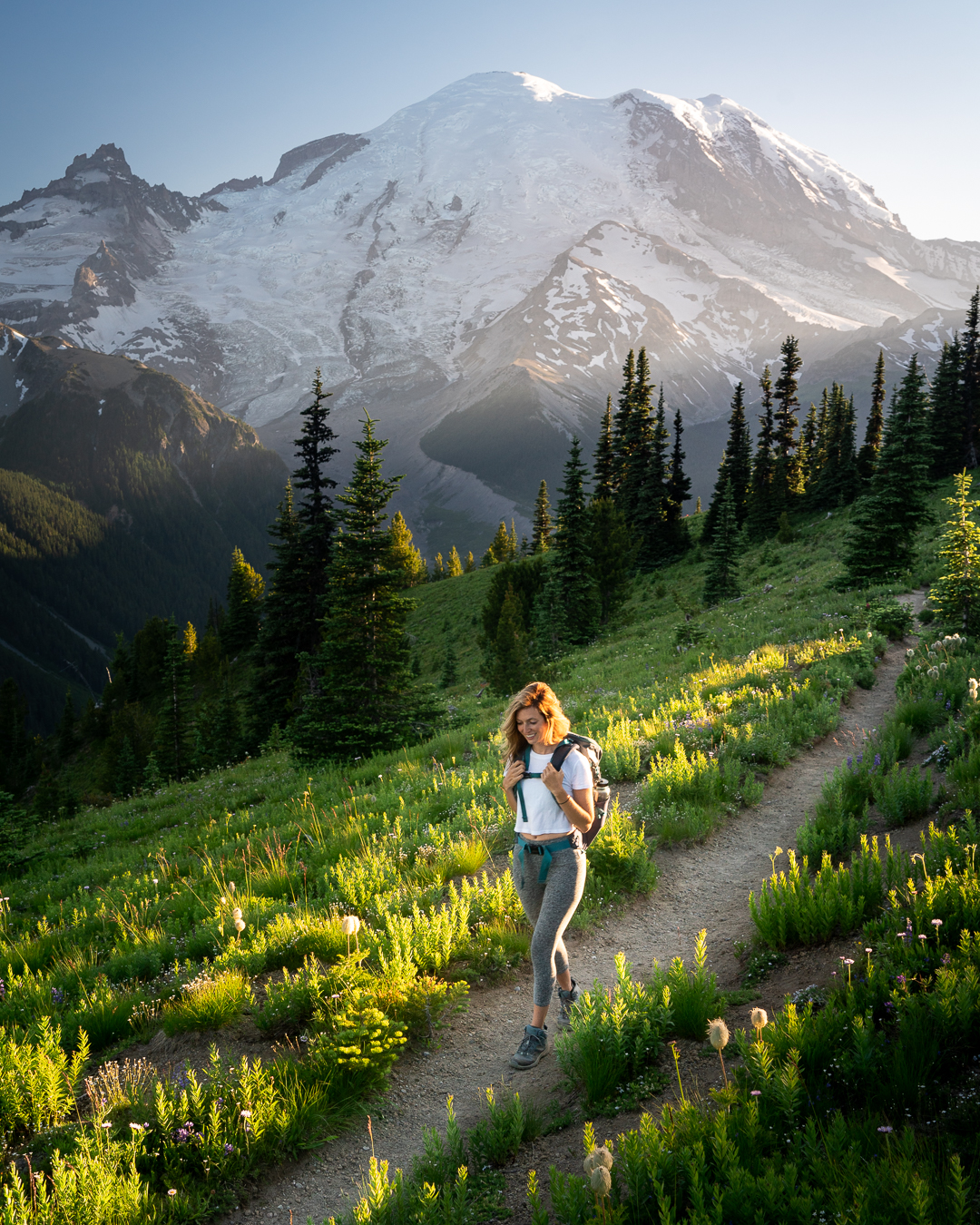
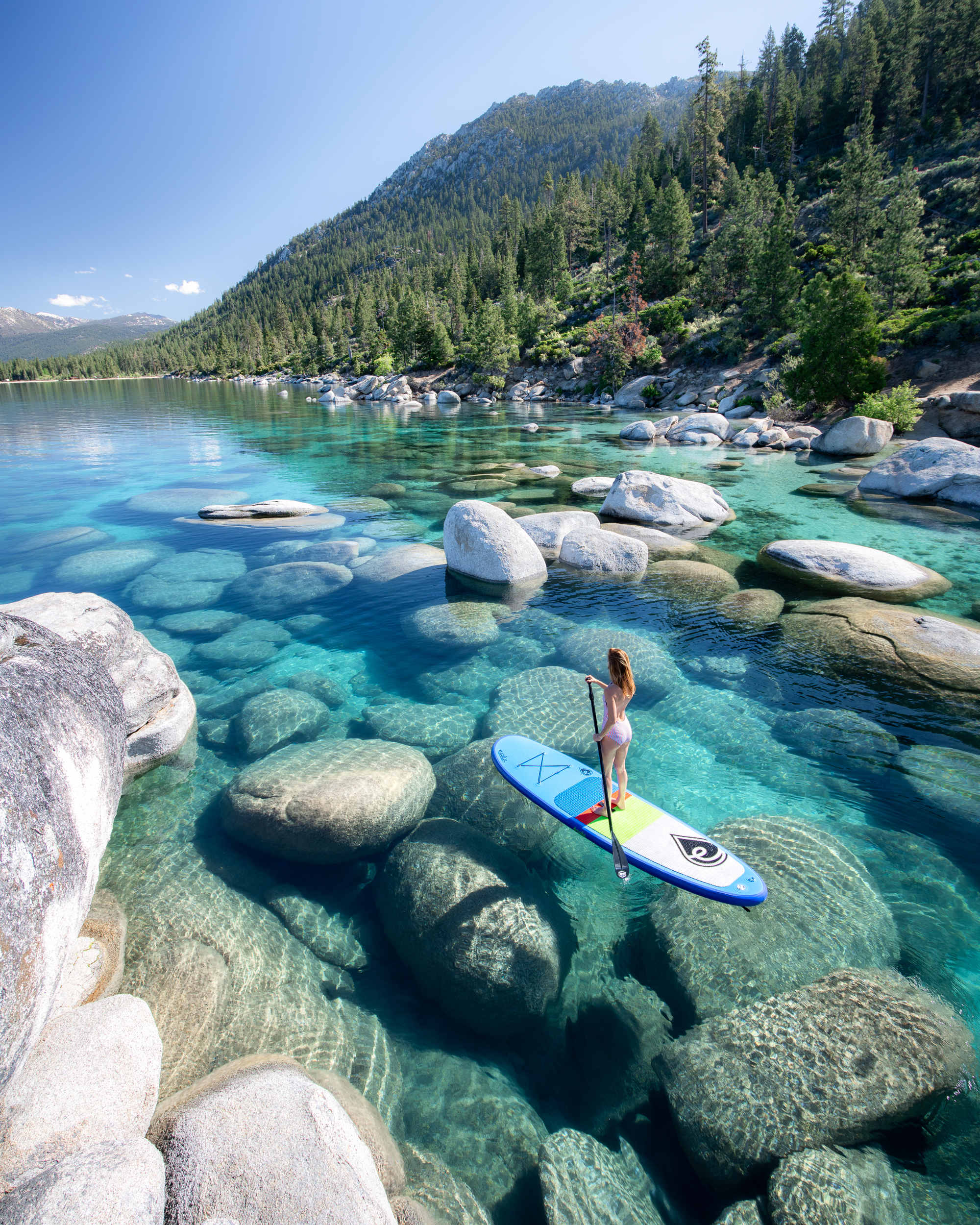
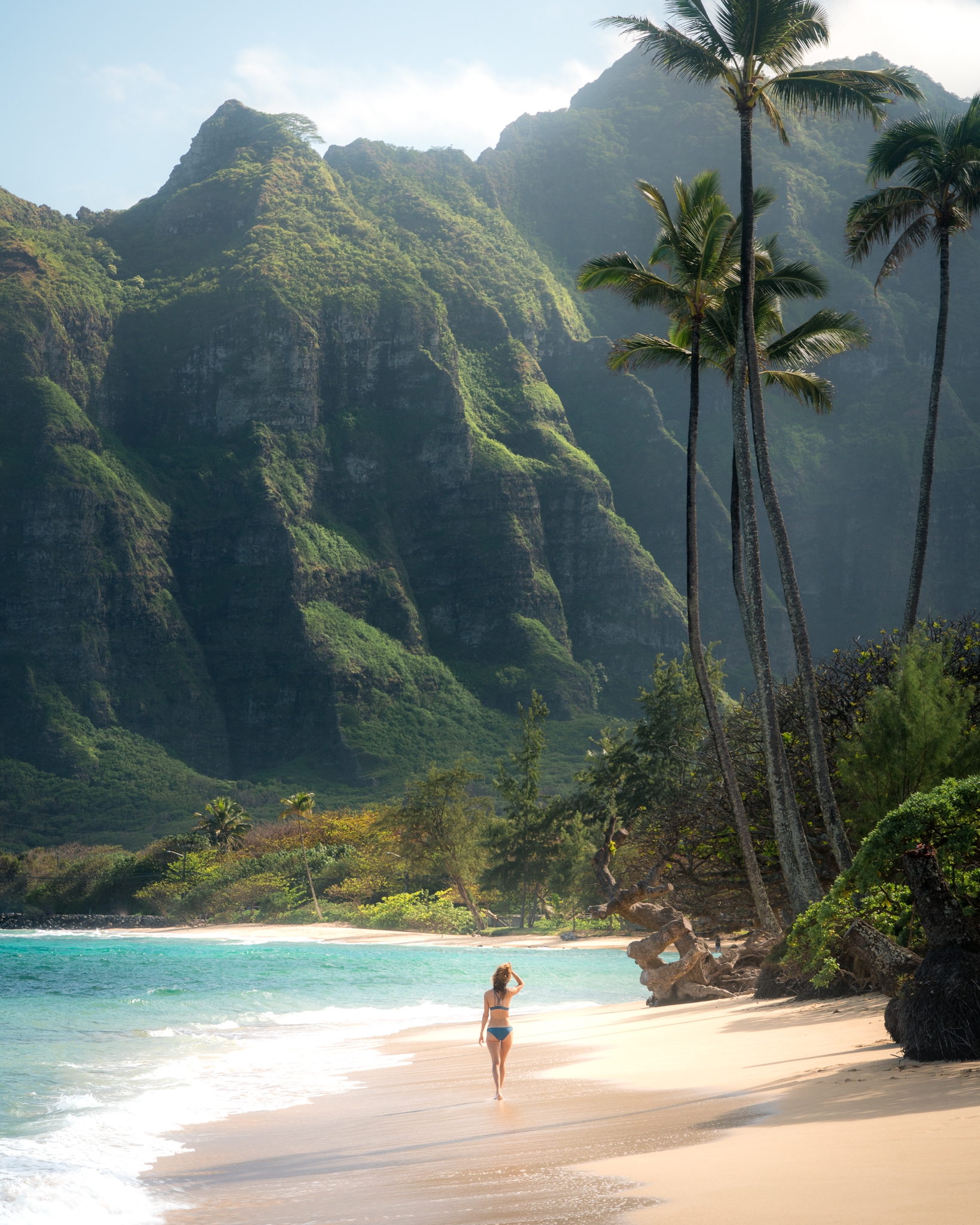
Thanks for the tips. You put a lot of effort into your post. Appreciated!
Thanks so much Konrad! I didn’t actually mean to, but I just kept thinking of more things. Lol
I was exposed to the "pee bottle" by our guides on Mt Ranier. Kudos to Alpine acents for that. My empty gatorade bottle was my best friend when nature called with 80mph winds and super cold. The extra warmth was a blessing. Been a staple on trips since then to avoid wondering in the dark to find a tree.
Thanks for taking us on your adventures via pics and great post.
Lol I can see how it’s a real game changer. Getting up to pee and blowing up my sleeping pad are my two least favorite things about camping. And now they have self inflating pads, so I just need to master the pee bottle! 😉 P.S. congrats on Mt. Rainier. That’s a big bucket list item for me.
I love reading your blog – even if I’m a little too old for similar adventures 🙂
Aww thank you so much Carla! That’s honestly so lovely to hear. How you’re having a wonderful weekend. 🙂
Excellent writeup Jess. So many people hate winter camping and are therefore missing one of my favorite outdoor activities. As a field geologist for many years, I learned that the proper equipment and clothing (and knowledge) is absolutely critical to success. Whether it was the desert in Texas or a Connecticut winter, you can (almost) always be comfortable and happy. Thanks again. Great info.
Thanks so much Andy! Really appreciate the comment. Sounds like you’ve had a lot of experience with cold-weather camping. It’s so funny that you mention the desert, because I feel like that’s a landscape that people often underestimate. They prepare for heat and limited water, but it can be easy to forget (or not realize) how cold the desert can get.
Jess,
Such good info and I totally empathize with you regarding cold weather conditions. Being prepared and having the right gear is a must! Thank you for your informative blog. Winter is such a beautiful peaceful season, but it can be hard to enjoy if you aren’t prepared.
Exactly! It really is such a beautiful time to get out into Mother Nature. But if you’re not prepared it can be very unpleasant and also dangerous. Thanks so much for stopping by the blog! Always appreciate hearing from you.
Great post with nice pics, Jess! Curious, when are we going to see Jess Wandering merch? 🙂
Thanks Kirtan! Lol I wouldn’t hold your breath. I can’t imagine trying to do anything like that. (right now) 😉
Thank you for this Jess 😊 love my sleeping and cold camping!!
Happy camping and stay safe xx
You’re so welcome Tyson! I’m always cold, so I’ve spent a lifetime collecting hacks for staying warm lol.
Such an excellent source of information!! Also, so well presented. Thanks for the help 😊